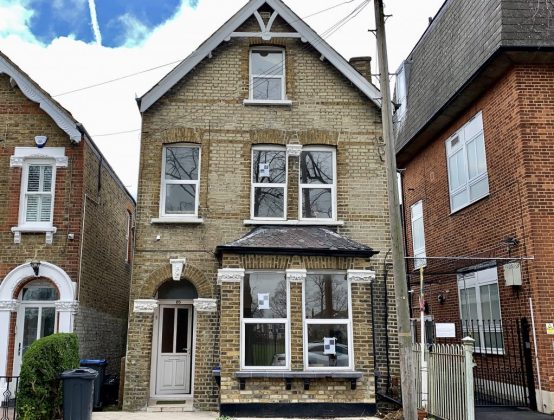Subsidence Report
When the soil beneath a property expands and shrinks, it can affect the foundations. If the soil beneath the foundations sinks, it pulls down the foundations which leads to subsidence. The presence of subsidence is an indication that the structure of your property has been weakened.
It is possible to remedy subsidence before it impacts on your property’s structural stability. Our subsidence experts will assess your property for signs of subsidence, such as internal and external cracks. We will recommend solutions to remedy ongoing issues and to prevent future subsidence.

- Subsidence reports for insurance purposes
- Foundations inspection
- Underpinning calculations
- Soil investigation
- Load paths assessment
- Root Analysis
- Damp survey/ CCTV survey
- Long-term crack monitoring
Subsidence needn’t be a costly headache if you know what to look out for.
Apart from a few cracks, my property seems fine; what are the signs of subsidence?
Those cracks are the signs. Look for cracks that are wider at the top than the bottom. If those cracks are 3mm wide, you should consult an engineer. Check also for doors and windows that stick; that’s another indication of subsidence.
Is a property built on London Clay more susceptible to subsidence?
Clay expands and shrinks more than other soil types, so there will be more movement affecting your property. However, there are steps you can take to help prevent subsidence. Think about plants and drains: how might they affect soil shrinkage and expansion? If vegetation close to your house is absorbing too much water from the surrounding soil, try regular pruning. Blocked or leaking drains could result in unwanted pooling which washes away soil.
What if I need underpinning?
Underpinning is only necessary if less invasive measures haven’t been carried out. This is a measure to strengthen the original foundations by removing soil from under the property and replacing it with stronger materials and deeper footings. While it’s expensive and disruptive, only a tenth of subsidence cases will require underpinning.
